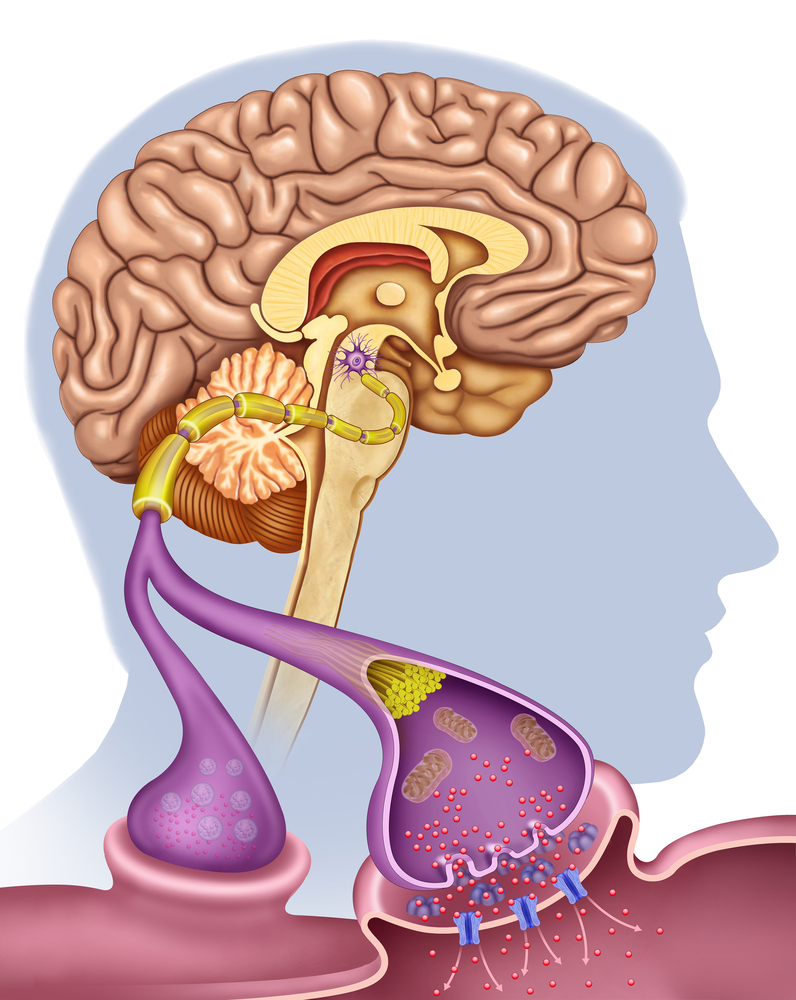Visual and Touch Stimuli Can Trigger Release of Dopamine Lacking in Parkinson’s

Visual and tactile stimuli prompt neurons deep in the brain to release the dopamine whose production is limited in Parkinson’s-disease patients, according to a study using fish.
Researchers said the neurons they identified also control facets of the fish’s basic behavior.
If they are found to control motor behavior as well, it could open the way for new treatments to improve motor coordination in Parkinson’s patients.
The study, “The Descending Diencephalic Dopamine System Is Tuned To Sensory Stimuli Current Biology,” was published in the journal Current Biology.
Most studies on dopaminergic neurons, or those that produce dopamine, have focused on the midbrain. It neurons control locomotion and reward behavior, and are faulty in patients with Parkinson’s.
However, dopaminergic neurons extend to other parts of the brain and the spinal cord. Those in the forebrain, or frontal part of the brain, have been poorly studied because they are deep within it, limiting access.
Although it is known that the dopaminergic neurons of the forebrain connect to the hypothalamus — a region responsible for controlling several vital functions, such as behaviors of fight or flight, rest or sleep, and body temperature — it is not yet clear whether they contribute to processing sensory stimuli and coordinating motor behavior.
Using an aquarium fish called zebrafish, researchers activated dopaminergic neurons of the forebrain that had been genetically modified to be sensitive to and activated by light, a technique called optogenetics.
By using light, the team activated the neurons and followed their activity. They discovered that the neurons produced dopamine when activated by visual or tactile stimuli. The same neurons affected certain basic behavior of the fish, such as fight or flight response and rest.
Importantly, because these neurons project to almost the entire brain and spinal cord, researchers believe they may also play a role in motor control.
If this hypothesis is correct, then perhaps the neurons can become targets of future therapies aiming at improving dopamine levels in the brain and thus motor coordination in Parkinson’s.






